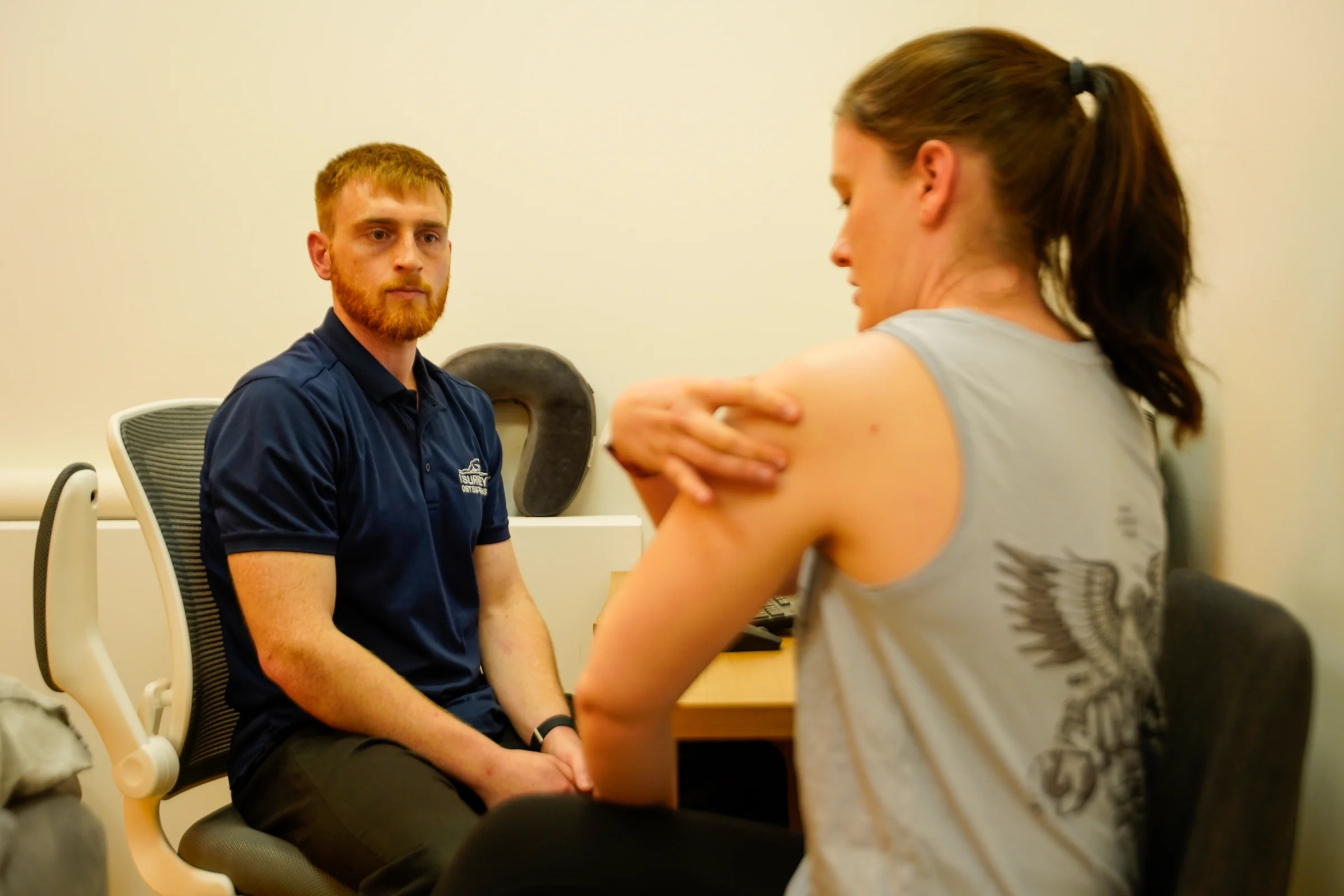About Osteopathy
When you get injured or feel aches and pains anywhere in your body it is essential for the problem to be understood. How did the injury occur and what has been damaged? How has the body adapted and what is preventing the return to health?
Osteopathy is a manual therapy that has scientific and evidence based research to back up the subjective benefits mentioned by patients. It is the study of the body’s anatomy, physiology and function. Osteopaths use their knowledge in combination with their accurate palpation to diagnose and treat any area of the body for any type of musculoskeletal, visceral or cranial problem.
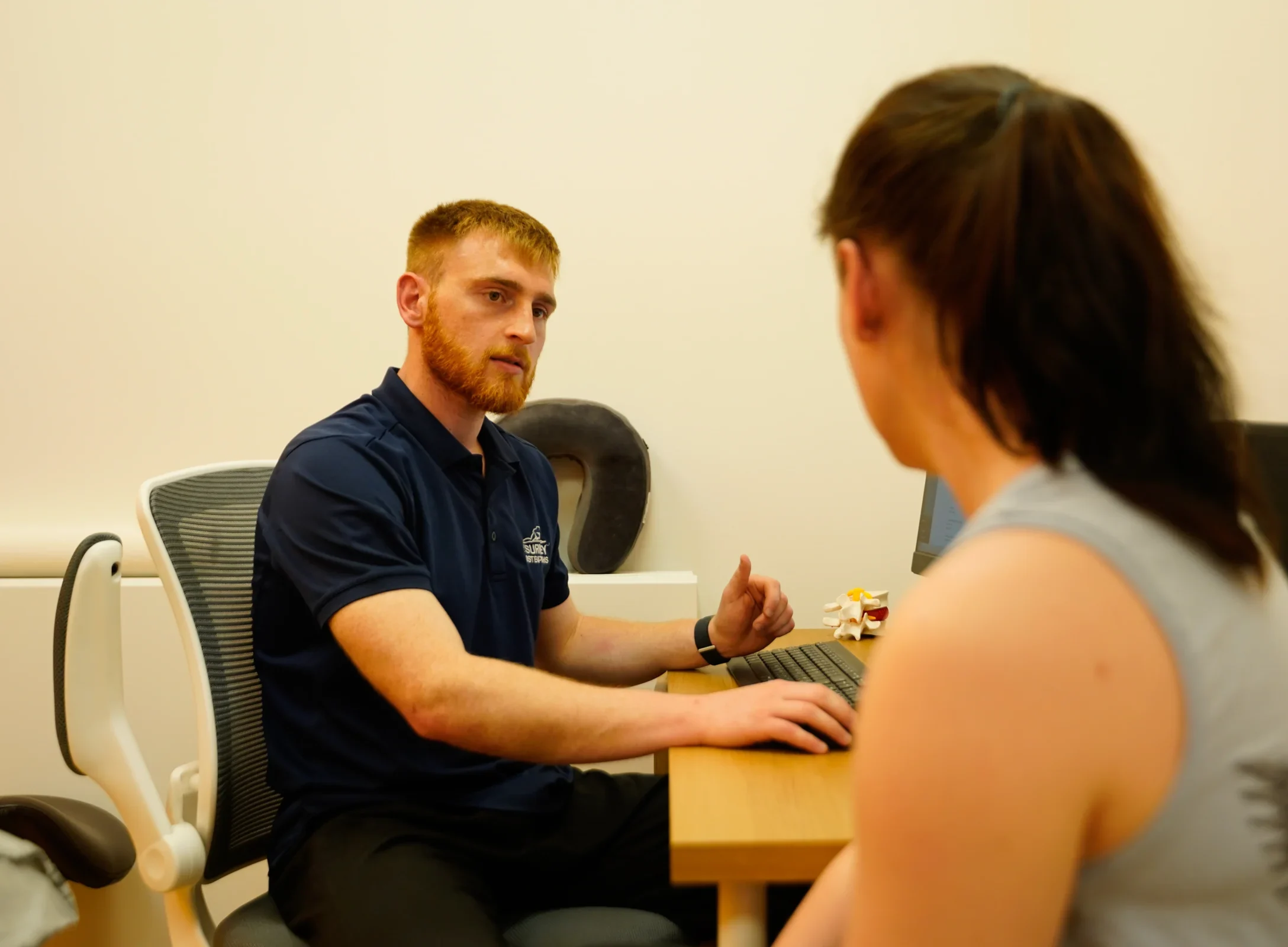
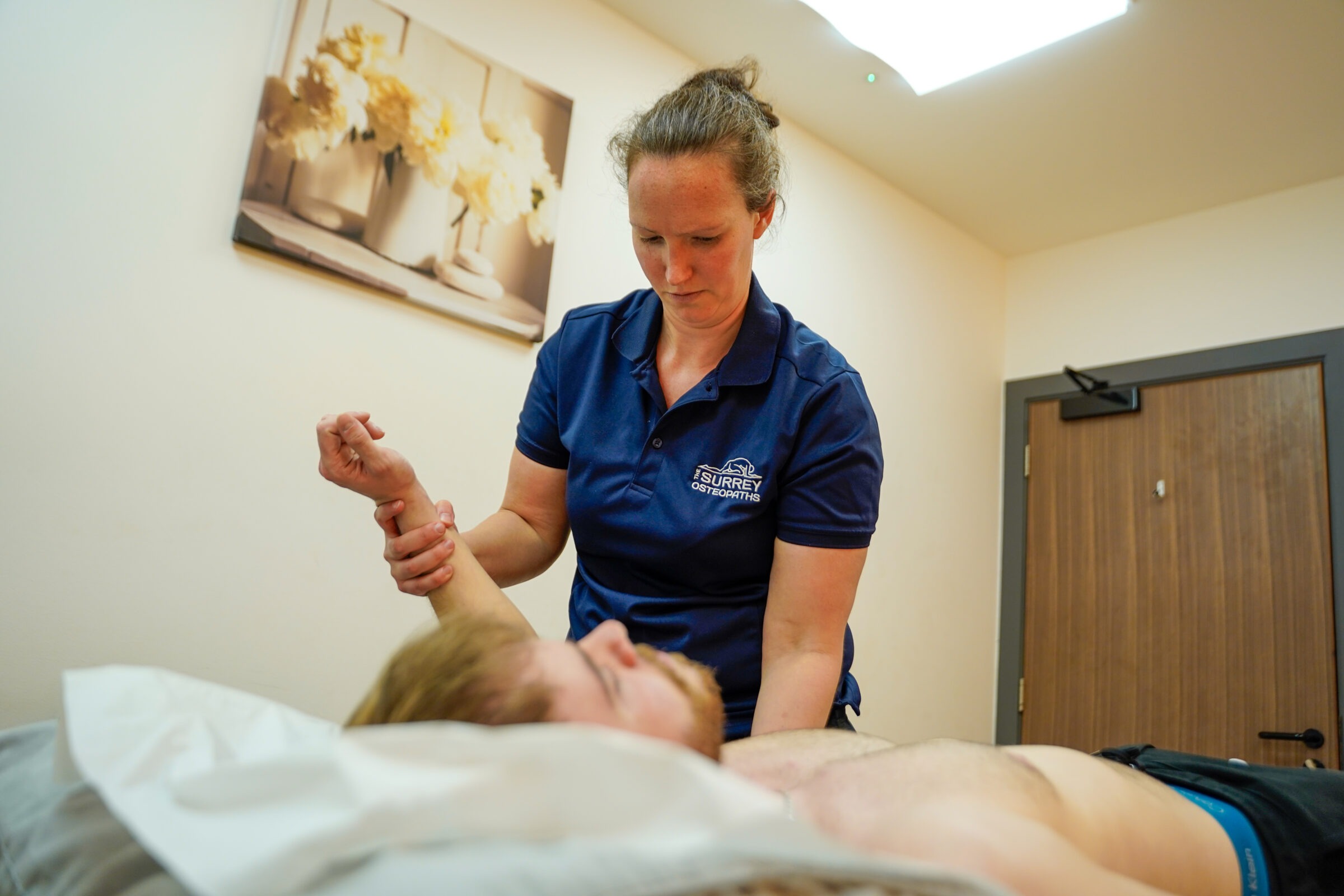
Osteopathy aims to return function back to the body using key principals such as:
- The Body is a Unit
- The Body can heal itself, osteopaths simply remove obstacles in its way
- Structure and function are closely related
- The Body can adapt and compensate up to a point, after this injury occurs
Structural Osteopathy
Structural Osteopathy is the understanding of the muscles, ligaments, joints and tendons. These are the structures that enable the body to move in space and perform everyday functions such as walking, running and any sporting activity.
Your osteopath will use techniques such as soft tissue massage, stretches, muscle energy techniques and joint articulation to ease the symptoms you have. Osteopaths also perform HVTs or manipulation. This is what osteopaths are sometimes known for which is the ‘clicking’ of joints which can be very effective for certain people and injury.
Although osteopathy can be broken down into these separate methods of treating people, your osteopath will likely use pieces of each to suit you and your problem best. Every effort is made to explain exactly why and how each technique will be used.
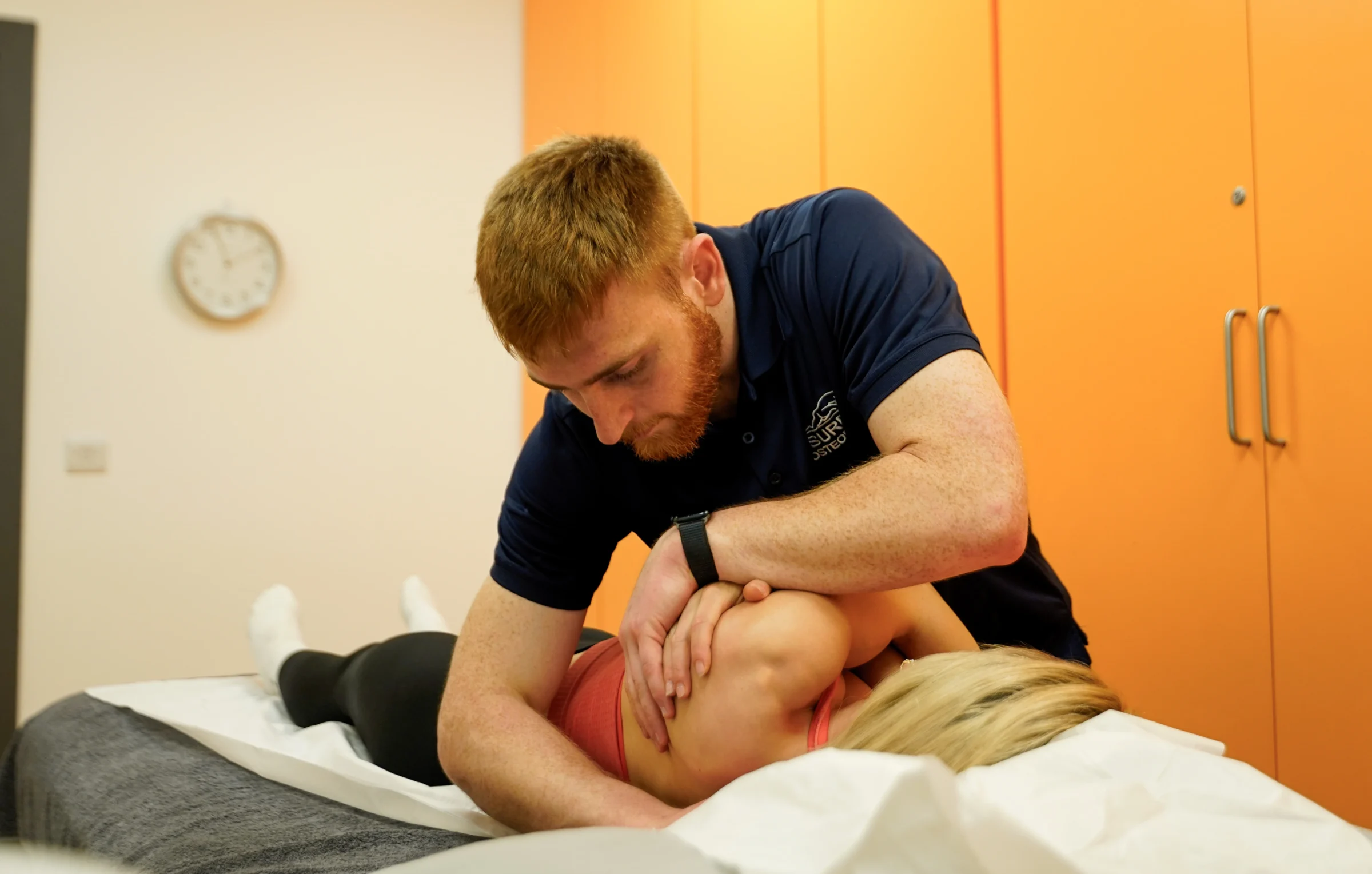
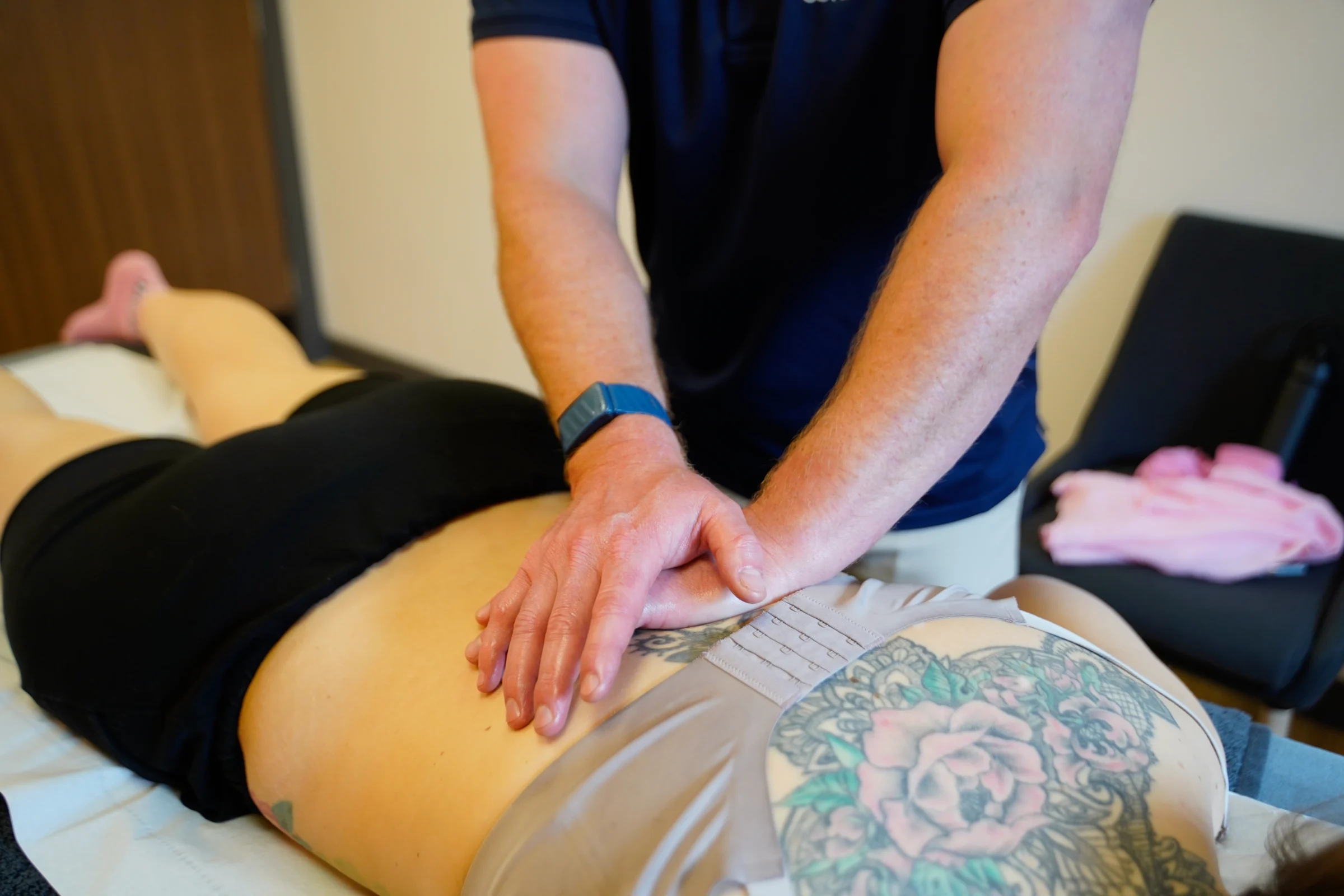
Visceral Osteopathy
Visceral Osteopathy is the treatment of the internal organs such as; respiratory system, digestive tract and the reproductive organs.
The internal organs have connections to musculoskeletal structures such as the back, ribs and pelvis. So injuries that feel to you like they are coming from these parts could infact be caused by strains from these internal organs.
Although osteopathy can be broken down into these separate methods of treating people, your osteopath will likely use pieces of each to suit you and your problem best. Every effort is made to explain exactly why and how each technique will be used.
How Do Osteopaths Treat?
They start by taking a complete medical history. This will involve questions about the pain you are feeling at the moment, how the injury came about, what aggravates it and what can help the pain.
Questions about your general health are then asked to give a better idea about your body as a complete system and to make sure that osteopathy is the best treatment for you and to judge whether a referral to your GP or for imaging (such as X-rays/MRIs) are needed. You will then dress down to something that you feel comfortable in to be examined and treated.
